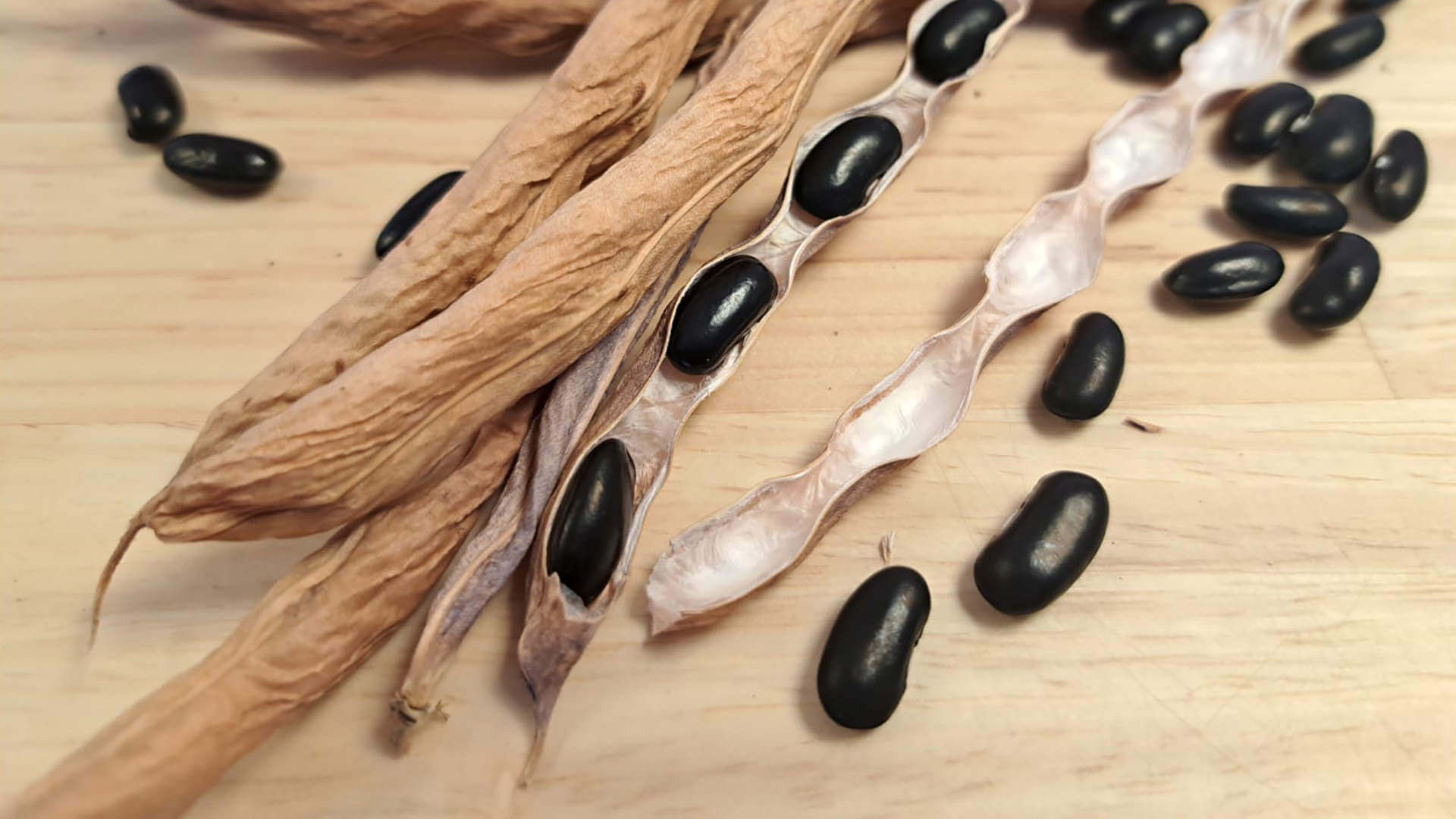One of the many lovely parts of my job is sowing hundreds of thousands of seeds throughout the season — all shapes and sizes — knowing that something so tiny and seemingly insignificant holds so much potential.
After being inspired by a documentary about the importance of heirloom seeds to agriculture, in February I started the Seed Production Training Course hosted by the Gaia Foundation’s Seed Sovereignty Programme.
“Few things on Earth are as miraculous and vital as seeds. Worshipped and treasured since the dawn of humankind, these subtle flecks of life are the source of all existence. Like tiny time capsules, they contain the songs, sustenance, memories, and medicines of entire cultures. They feed us, clothe us, and provide the raw materials for our everyday lives. In a very real sense, they are life itself.” – Seed: The Untold Story.


Sprouting new skills
The course dove into the hands-on side of seed saving: things like isolation distances, how pollination works, how many plants you need to maintain strong genetic diversity, and the time and space required to let them fully mature to seed. Suddenly, you’re noticing which plants are worth selecting to save from, learning how to process the seed at just the right moment (or learning when it has passed that point – a special thanks goes out to the nibbling mice!), and figuring out how to store it so that it stays healthy and viable for years to come.. There’s a lot to learn, but it’s such an exciting and rewarding process.
Seed to seed
I chose the French dwarf bean variety, Faraday, to grow as my annual seed crop. Beans are great for anyone at the beginning of their seed saving journey – their flowers nearly always self-pollinate, so you only need to take minimal precautions to prevent crossing. They don’t take up a lot of space, only a small number of plants are needed, and popping the beans from the pods at the end is satisfying and fun for all ages!
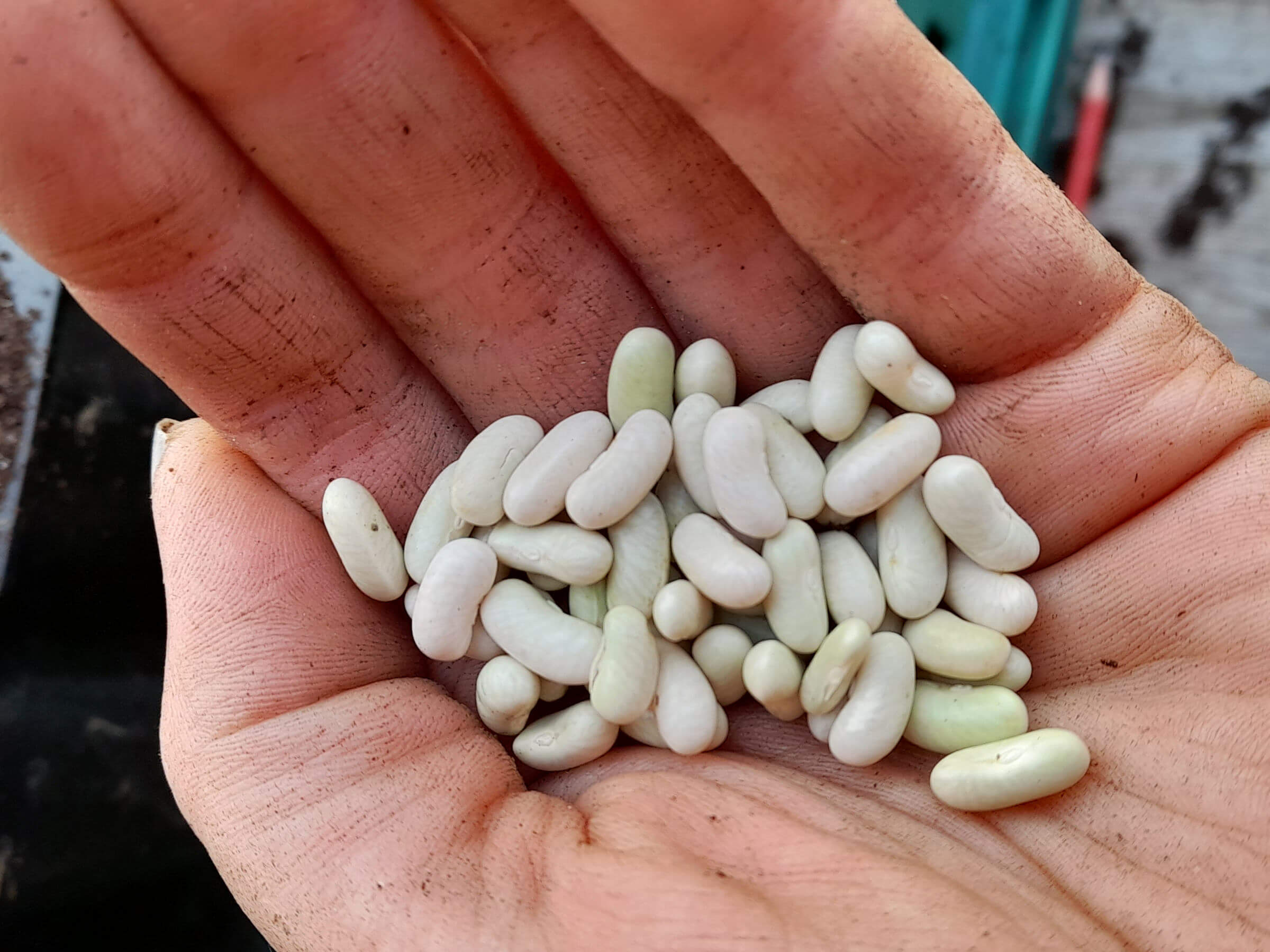
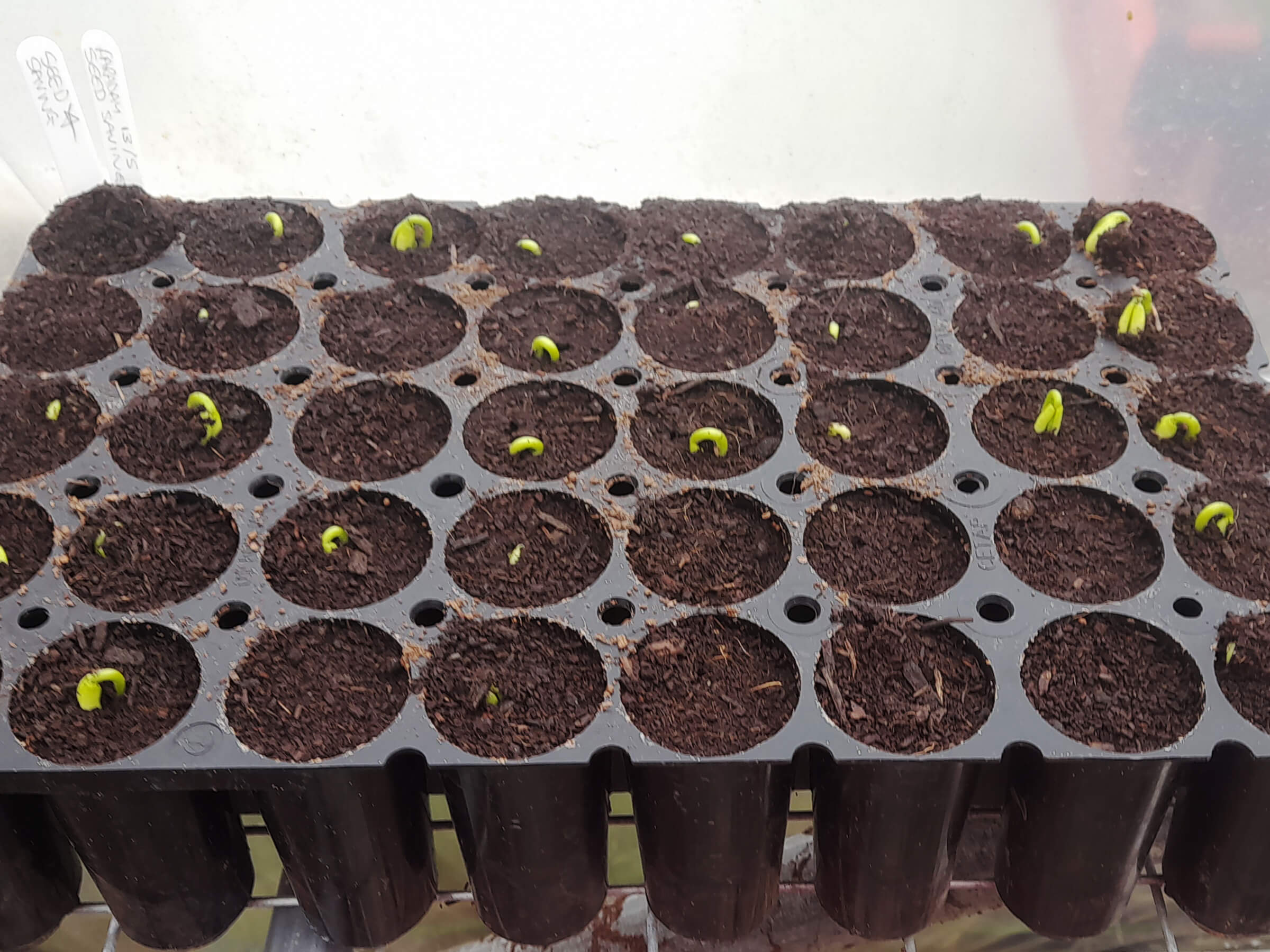
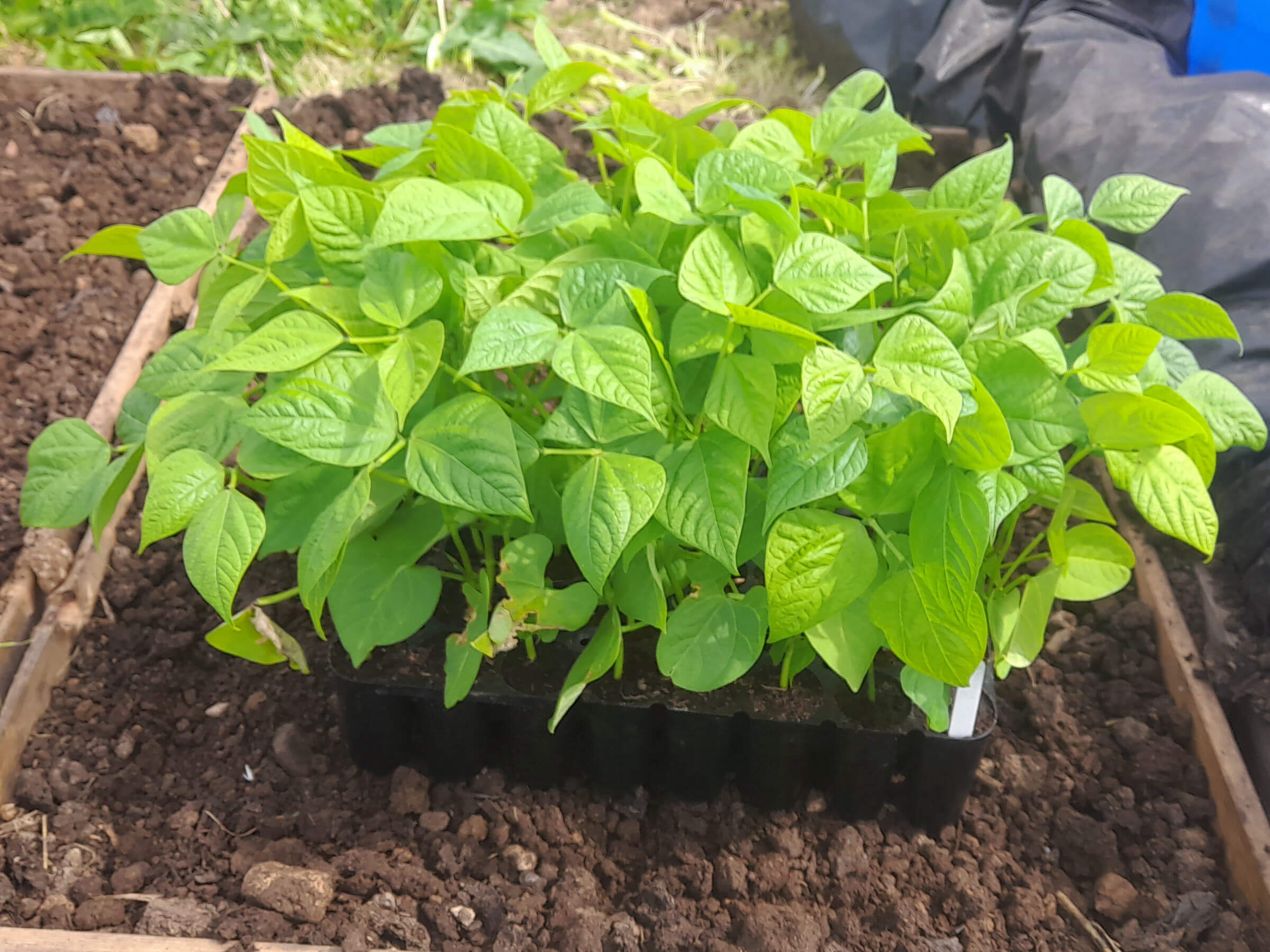
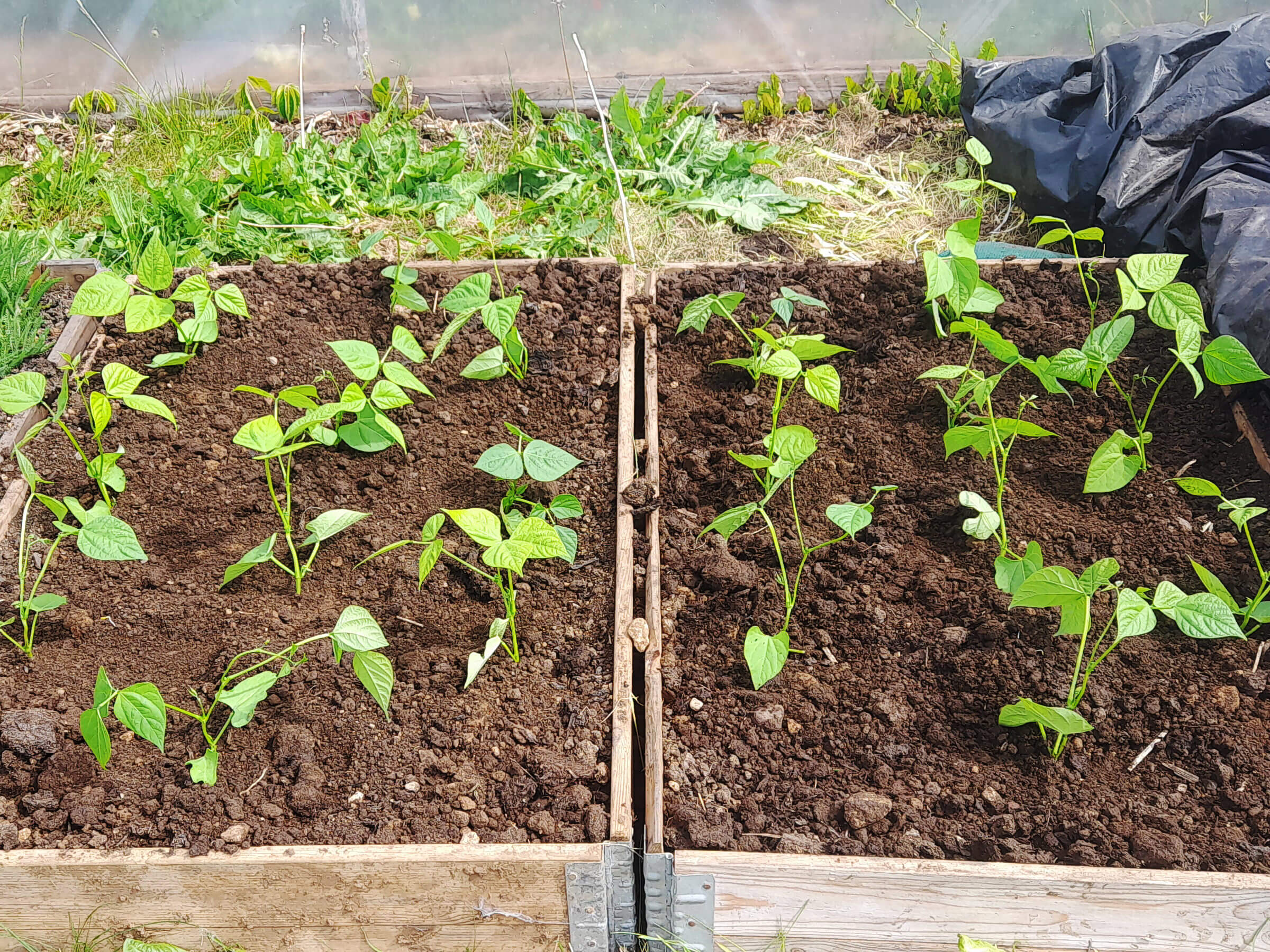

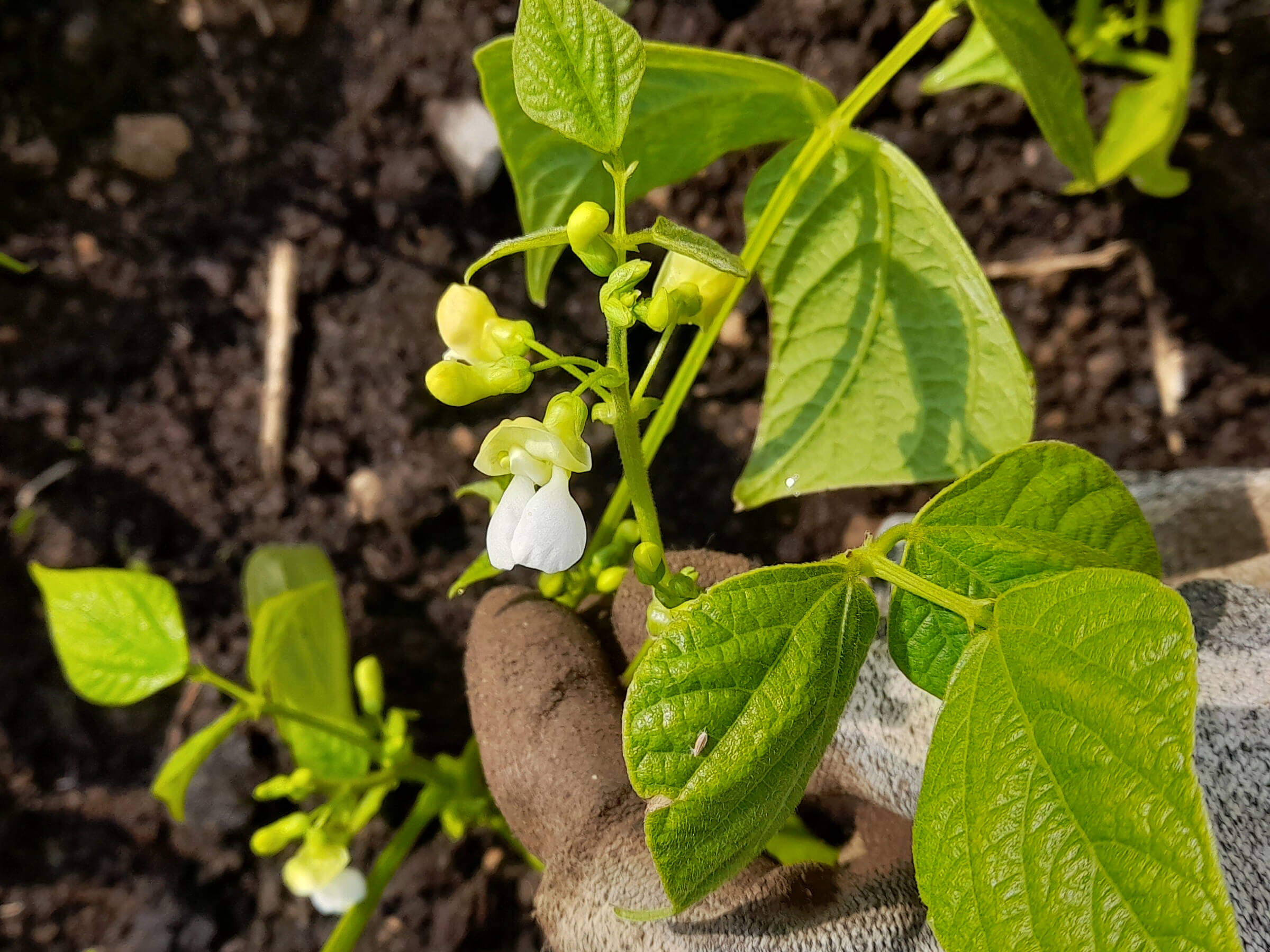
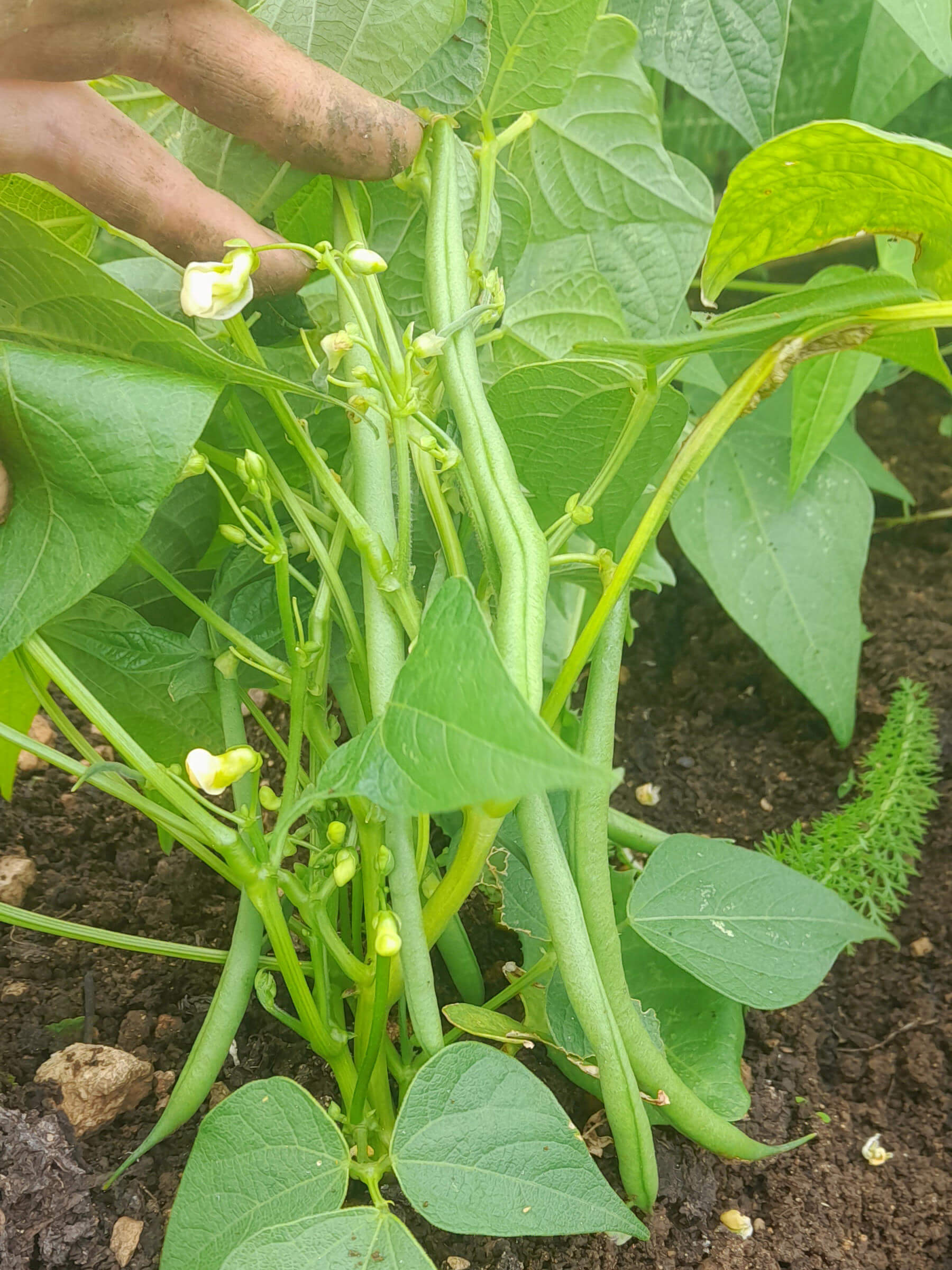
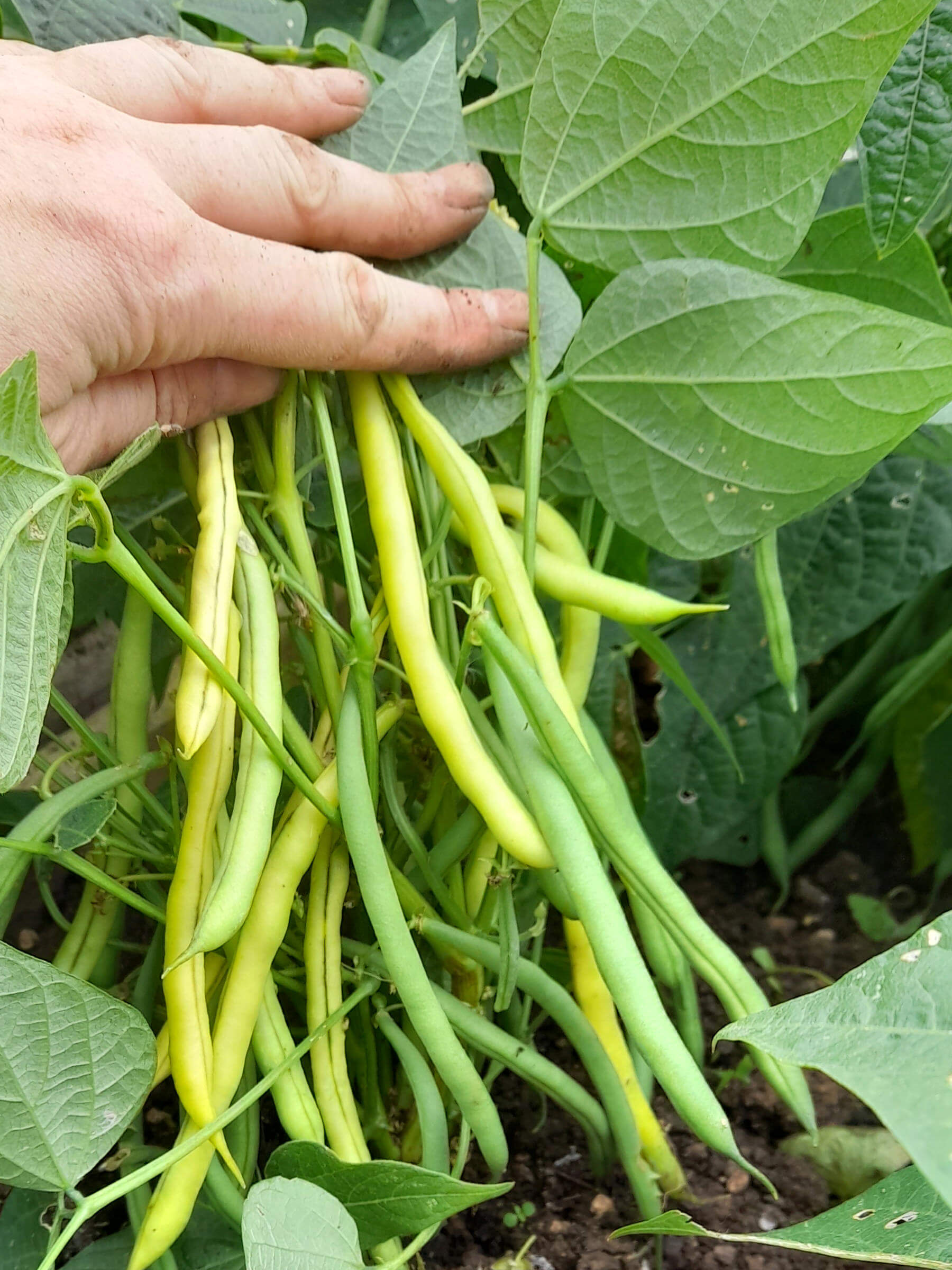
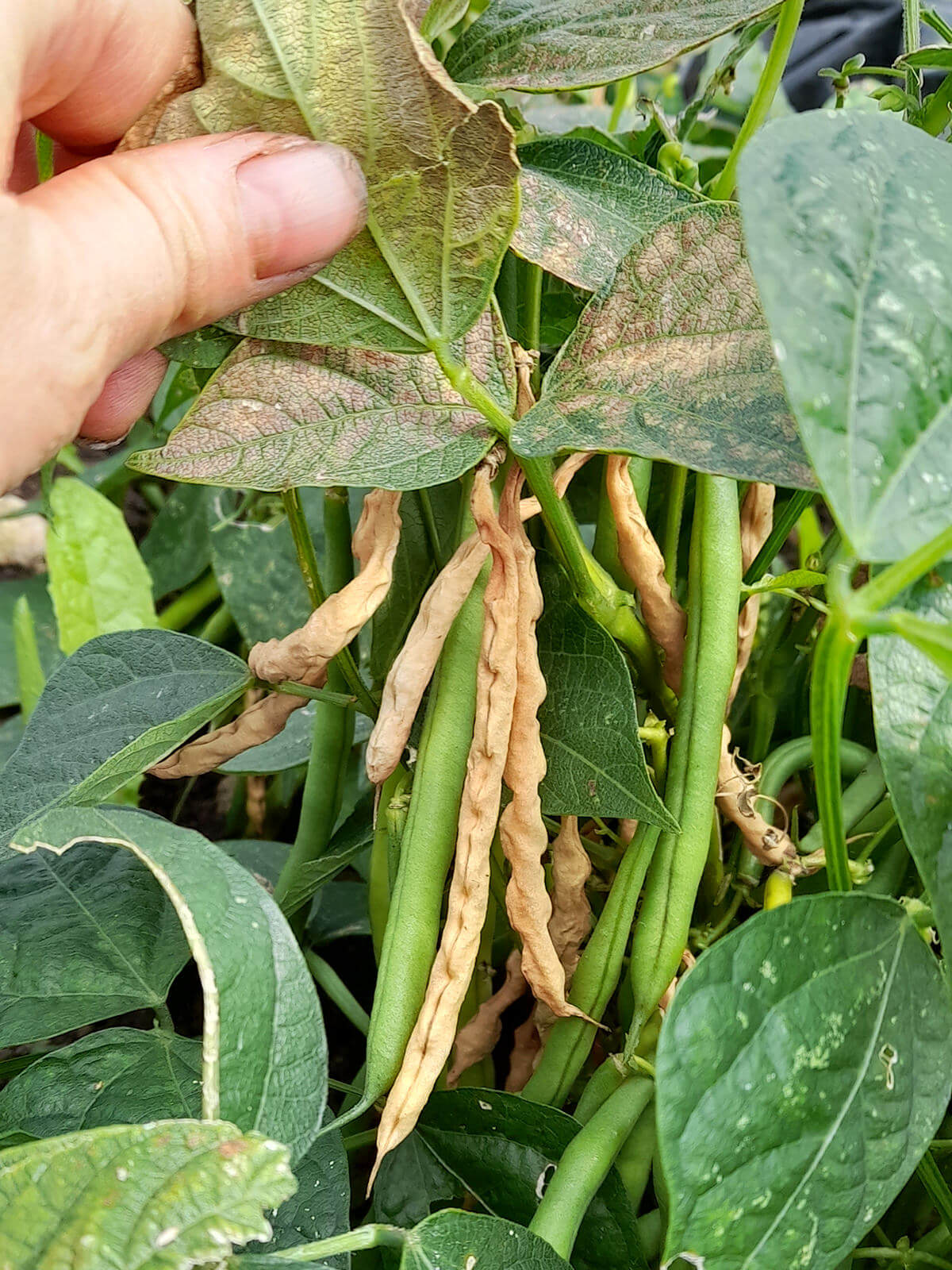

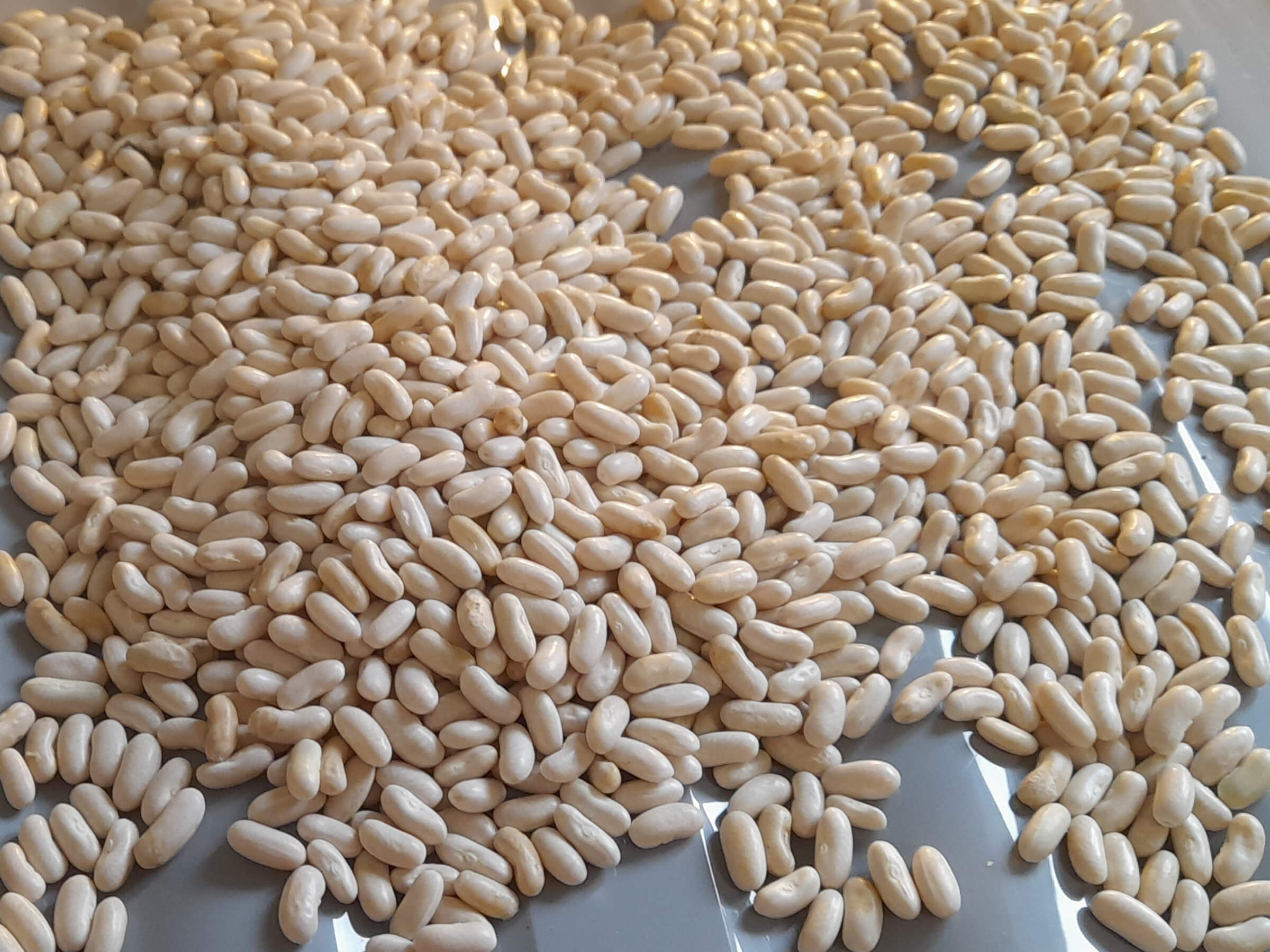
From seed to seed
Several inspiring site visits and Zoom training sessions later, we had covered it all from pests and diseases, genetics and plant breeding, processing, testing and storing, to seed legislation, political issues and seed sovereignty.
A biodiverse and resilient seed system
Seed sovereignty is the right of farmers and communities to save, use, exchange, and sell their own seeds, rather than relying on seeds owned or patented, genetically modified, or controlled by large corporations. Seed saving skills and knowledge are vital in order to support a biodiverse and resilient seed system, for sustainable small-scale seed production and to orient towards a just food system.

Organic, small scale beetroot seed production at Trill Farm Garden, Devon.
We all love flipping through seed catalogues each year, dreaming up what our gardens will look like. But most of the time, we don’t really stop to think about where those seeds come from or how they’re produced. It’s only when a favourite variety suddenly disappears that we start to wonder, “Where else can I get this?” The truth is, if a company stops producing or selling a seed, it often stops being grown at all. And unless gardeners and growers are saving that seed themselves, the variety can quietly vanish.
Now, consider that you want to grow organic certified, open-pollinated varieties, the kind you can actually save seed from. Suddenly, your choices shrink further. Unlike F1 hybrids, which don’t produce reliable seed, these varieties can be much harder to find. And that’s where some of the biggest challenges really begin.
We’re losing seed diversity, squeezed by industrial agriculture and plant breeding, and further undermined by policy decisions that overlook the value of diversity in our food system.
But here’s the hopeful part. When gardeners, small farms, and local seed stewards step in, something beautiful happens. By saving and sharing seed within our communities, we help keep these unique varieties alive and thriving. A tomato that’s been grown in your region for decades. A bean handed down through a family. A squash adapted to your exact climate. These seeds carry stories, flavours, and resilience that can’t be found in a catalogue alone.
Community seed swaps, local seed libraries, and independent seed companies become lifelines for diversity. Every packet saved and shared helps protect our food heritage and ensures that future gardeners can grow more than just what’s commercially convenient.
Growing becomes something bigger than the plants in our own garden. It becomes a way to preserve living history, to support resilience in our food system, and to make sure no beloved variety quietly disappears from the world.
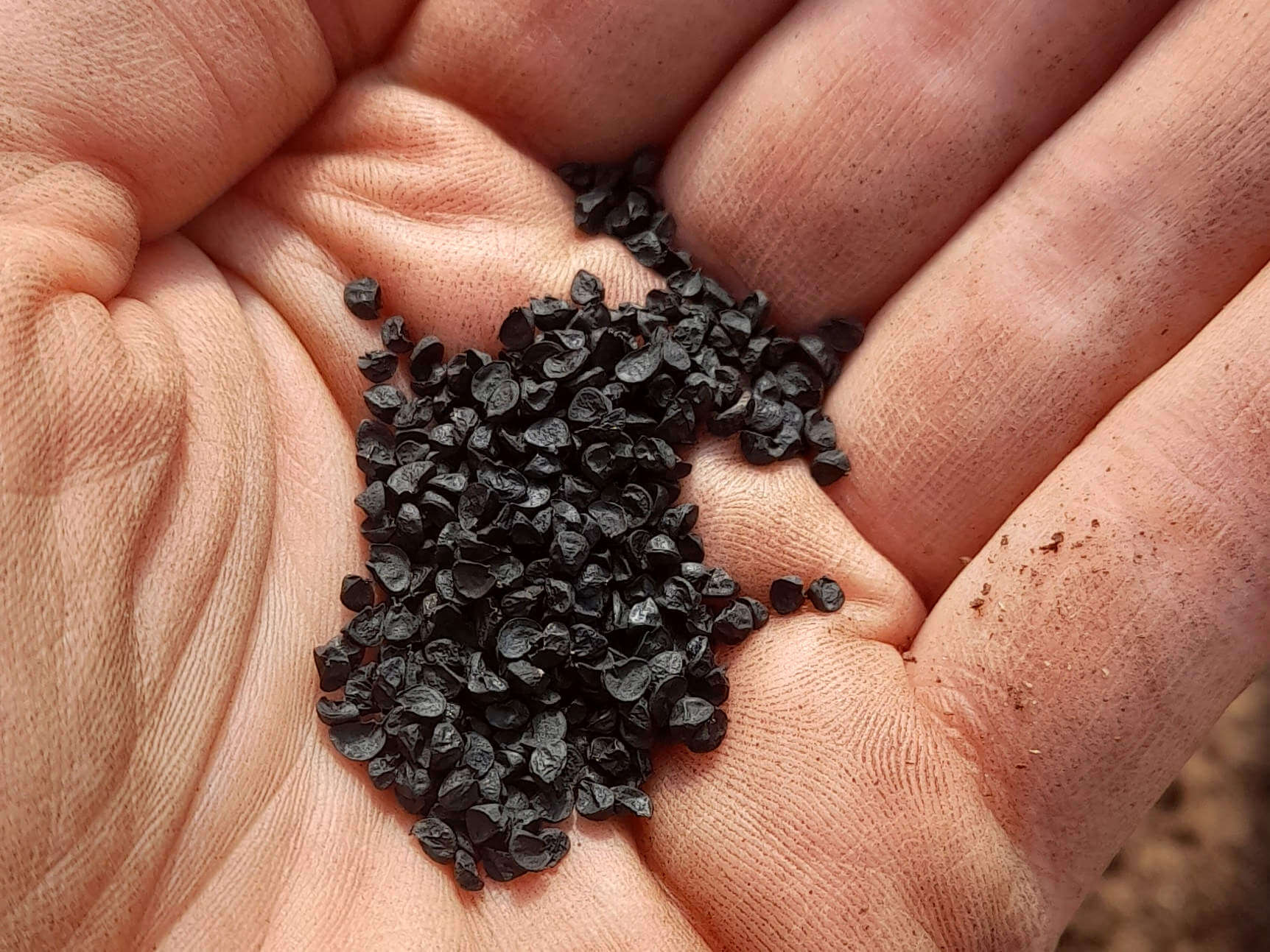
White Lisbon seed – a biennial seed saving crop
Next season, I’ll keep growing my seed-saving skills — trying more challenging crops and heirloom varieties, with the aim of sharing seed with local growers and seed hubs along the way.
I can’t wait to watch the next generation of beans grow on our farm!
Helpful resources
Home growers can find fantastic resources on seed saving at a garden scale from the Heritage Seed Library and through the Vital Seeds website.
Further resources are also available via the Seed Sovereignty website. Find out more about our local seed saving initiative, The Stroud Community Seedbank.
Maxine Stringwell
